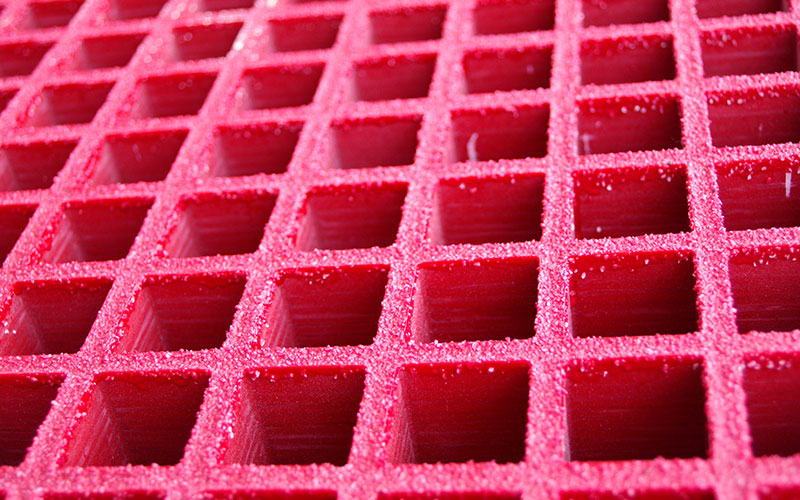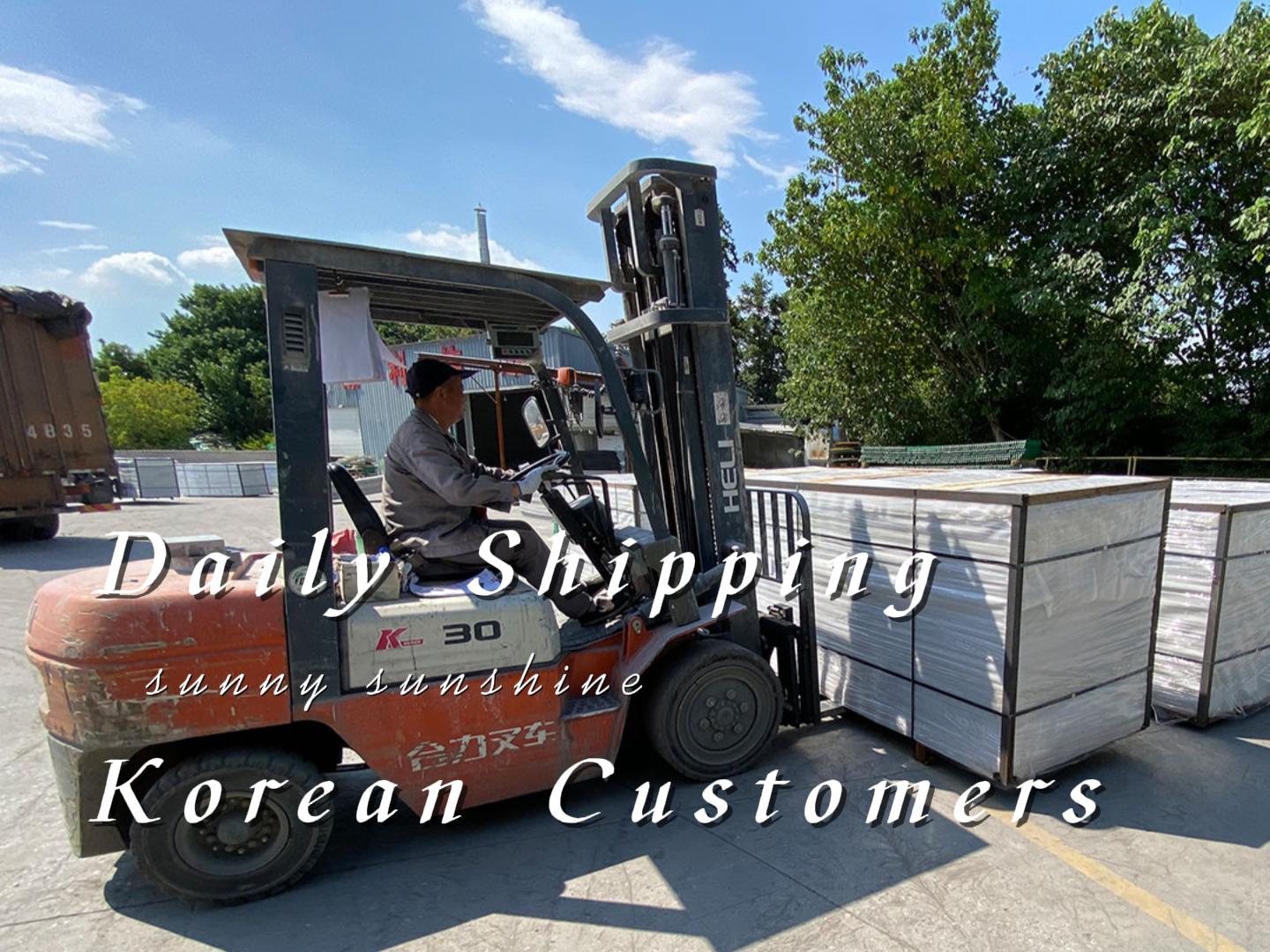The test properties of Fiber Reinforced Polymer (FRP) grating typically include the following:
- Mechanical Properties:
- Tensile Strength: Measures the maximum stress that the material can withstand while being stretched or pulled.
- Compressive Strength: Evaluates the material’s ability to withstand axial loads without failure.
- Flexural Strength: Assesses the material’s resistance to bending forces.
- Shear Strength: Determines the material’s ability to resist shear forces.
- Physical Properties:
- Density: The mass per unit volume of the material, which affects its weight and buoyancy.
- Thermal Conductivity: Measures how well the material conducts heat, important for applications in varying temperatures.
- Chemical Resistance:
- Corrosion Resistance: Evaluates the material’s ability to withstand chemical exposure, particularly in harsh environments.
- UV Resistance: Tests the material’s durability against ultraviolet light exposure.
- Dimensional Stability:
- Thermal Expansion: Measures how much the material expands or contracts with temperature changes.
- Moisture Absorption: Assesses the material’s ability to absorb water, which can affect its mechanical properties.
- Impact Resistance:
- Impact Strength: Evaluates the material’s ability to withstand sudden forces or impacts without breaking.
- Fire Resistance:
- Flame Spread Index: Measures how quickly flames spread across the surface of the material.
- Smoke Development: Assesses the amount of smoke produced when the material is exposed to fire.
- Fatigue Resistance:
- Fatigue Life: Determines how many cycles of loading the material can withstand before failure occurs.
These properties are essential for ensuring that FRP grating performs effectively in its intended applications, such as in construction, industrial settings, and environments where corrosion resistance is critical.


